The surface roughness of CNC machining is one of the important indicators to measure the quality of the machined surface. It has a significant impact on the wear resistance, corrosion resistance, fatigue strength, and fit performance of the parts. However, there are many factors that affect the surface roughness of the processed material. To achieve good surface roughness, let's understand what these factors are.
Reasons for surface roughness in CNC machining:
1、 Residual area: Residual area refers to the area left on the machining surface after the main and auxiliary cutting edges of the cutting tool.
2、 Surgical knife: When cutting plastic metal materials such as low carbon steel, medium carbon steel, stainless steel, aluminum alloy, etc. at low or medium speed with high-speed steel cutting tools, knife like burrs often appear on the machining surface, which is called a surgical knife. The appearance of oxide skin spikes will significantly improve the roughness of the processed surface.
3、 Chip accumulation: During the cutting process, when there is chip accumulation, the protruding part can replace the cutting edge to cut into the workpiece and draw different grooves on the machining surface; When debris falls off, some debris adheres to the machined surface, forming small burrs and increasing surface roughness.
4、 Vibration: During the cutting process, the machining system generates periodic vibrations, resulting in stripes or ripples on the machined surface, which significantly increases the surface roughness value.
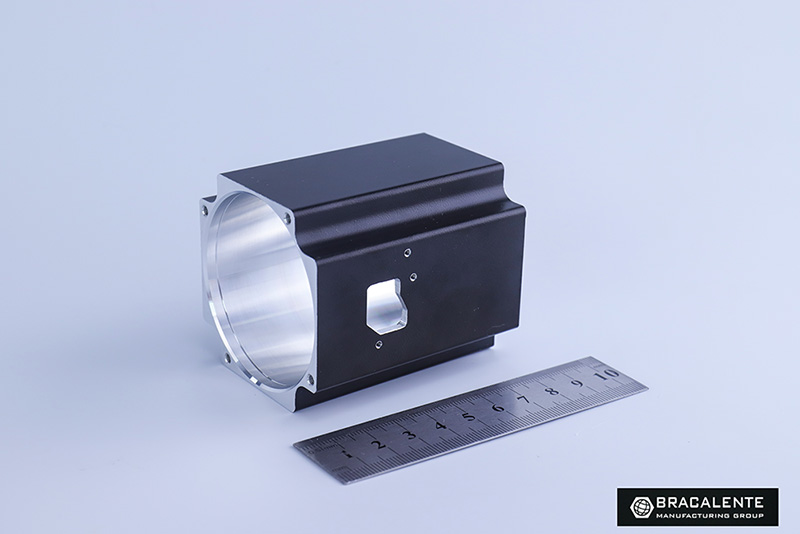
The factors that affect surface roughness include residual area, chips, oxide scale, vibration, etc.
1、 Geometric parameters of cutting tools: the radius of the tool tip arc, the primary and secondary angles have a significant impact on the residual area and vibration. Generally speaking, when the radius of the blade tip arc increases and the main and auxiliary angles decrease, the surface roughness value becomes smaller. But if the stiffness of the machine tool is low, the radius of the tool tip arc is too large or the main deviation angle is too small, vibration will occur due to the increase of cutting force, and the surface roughness value will also increase.
2、 Tool material: Different tool materials have varying sizes of edge radius and duration of sharpness. High speed steel cutting tools can grind very sharp edges, but the holding time is short, and the surface roughness value is small during low-speed cutting. After grinding, the radius of the blade arc is larger, and the surface roughness is smaller at high speed.
3、 Cutting amount: The feed rate has the greatest impact on the residual area. The feed rate decreases and the residual area decreases.
When cutting plastic metal, the surface roughness value is very small when the cutting speed is low or high. This is because it is not easy to generate debris at low speeds; During high-speed cutting, plastic deformation is reduced, which can eliminate the generation of scale spikes. When cutting brittle materials, the influence of cutting speed is minimal because the material deformation is small, resulting in a decrease in surface roughness values.
4、 Workpiece material: When processing plastic materials, the lower the plasticity of the workpiece material, the higher the hardness, the less chip accumulation, scale piercing, and cold hardness phenomena, and the smaller the surface roughness value. Therefore, the surface roughness of high carbon steel, medium carbon steel, and quenched and tempered steel after processing is lower than that of low carbon steel. When processing cast iron, under the same processing conditions, the surface roughness of cutting cast iron is greater than that of steel, because chips are in the form of chips.


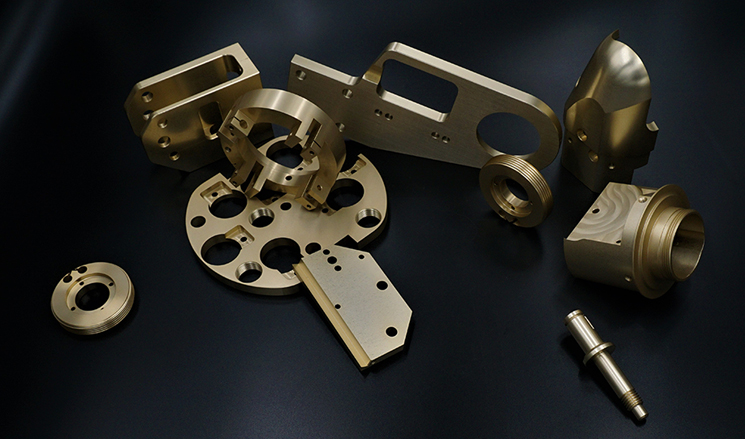
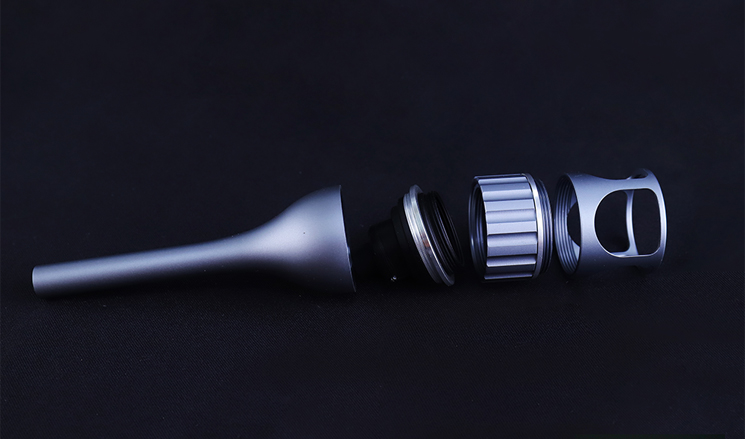
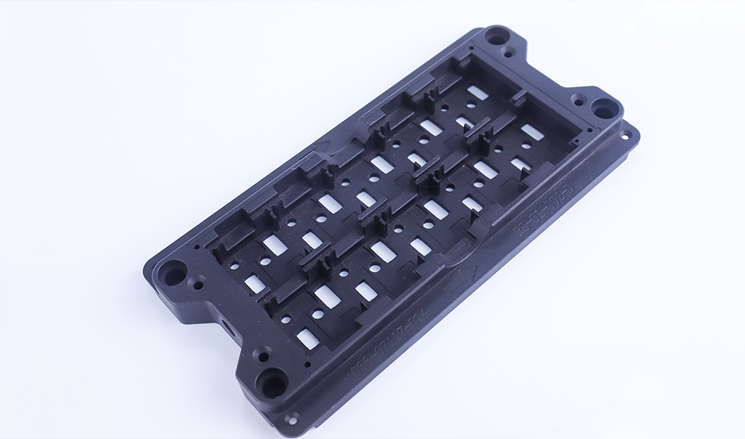
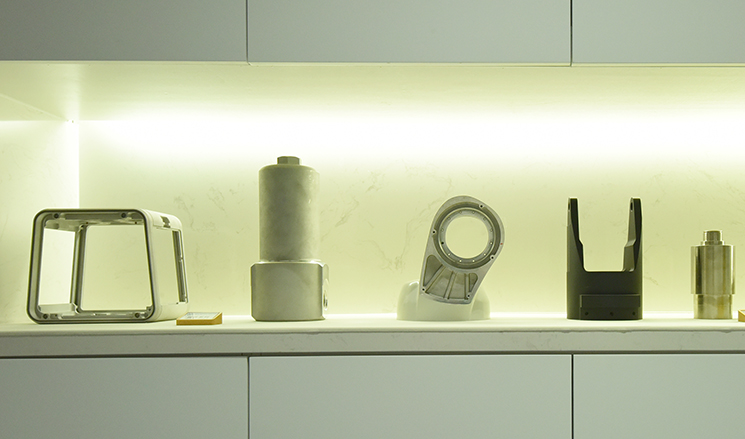
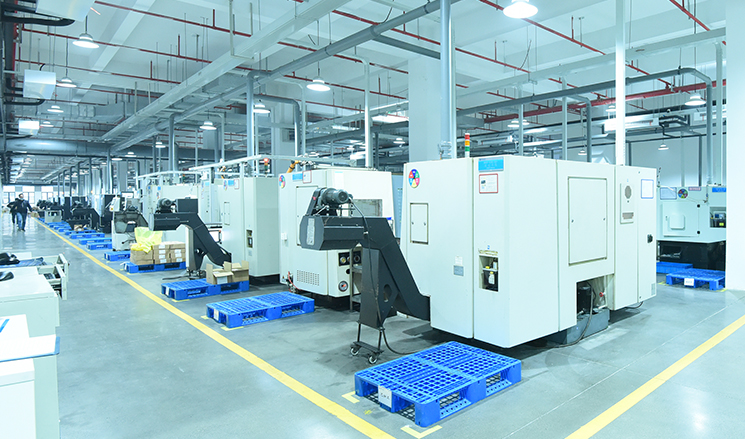
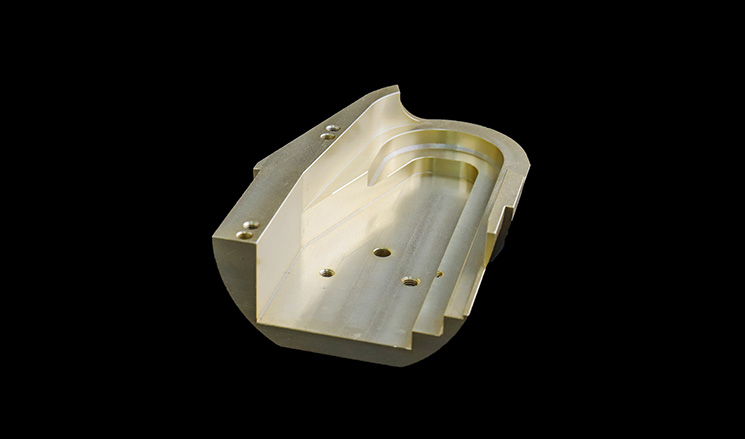
 Tel
Tel Wechat
Wechat